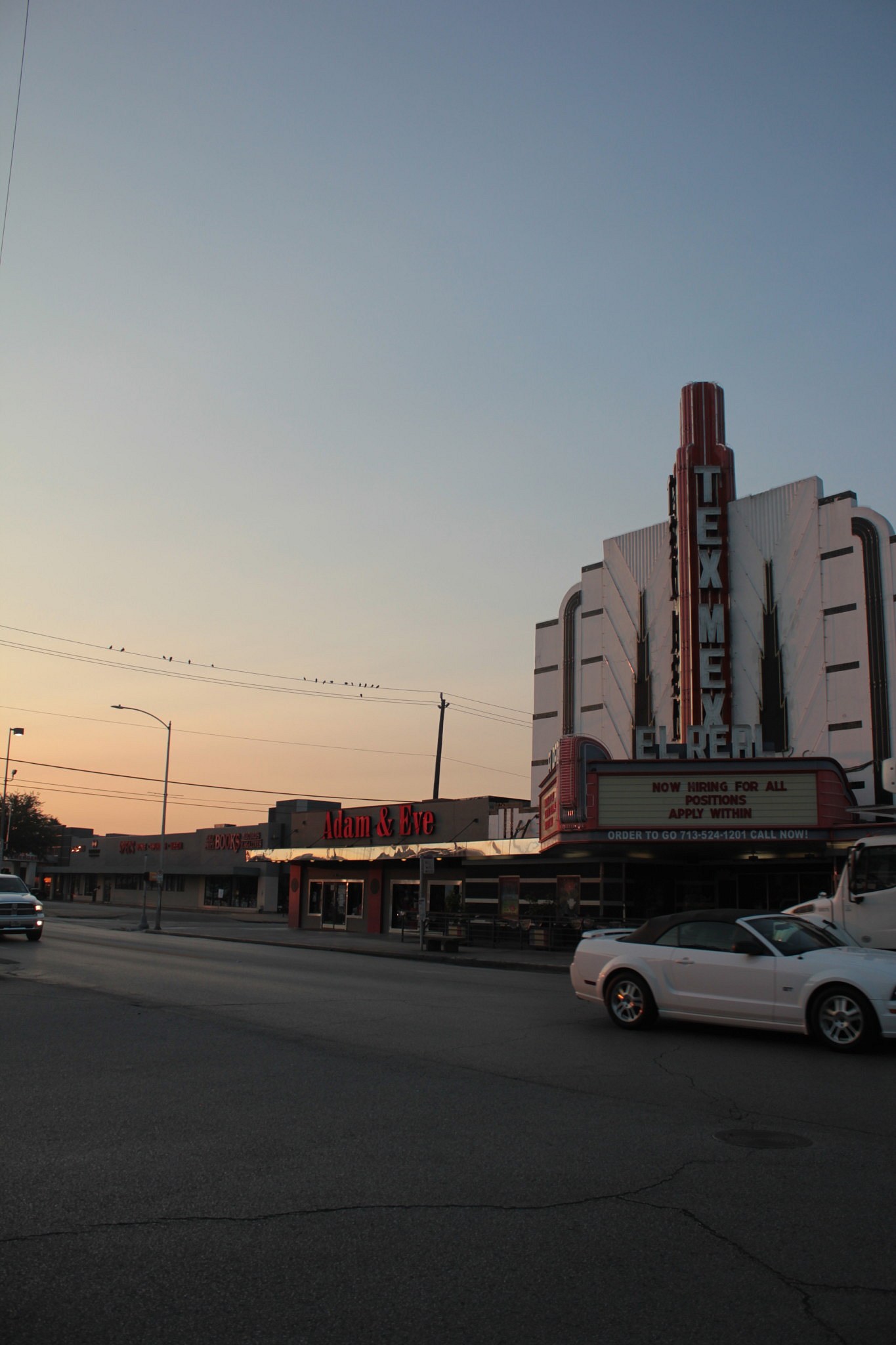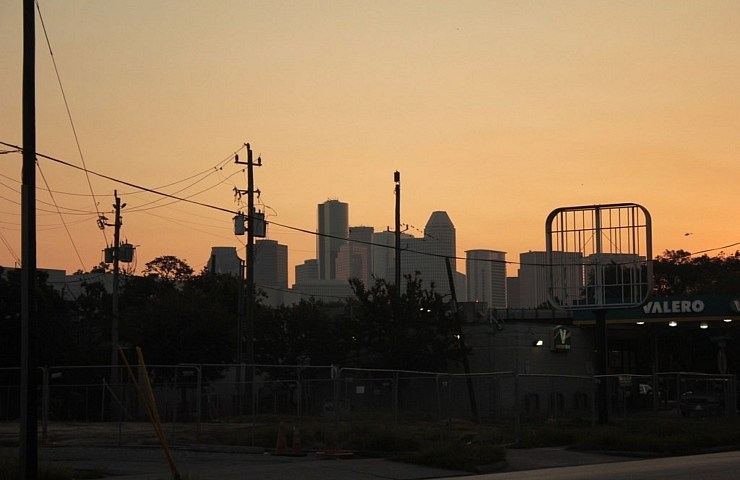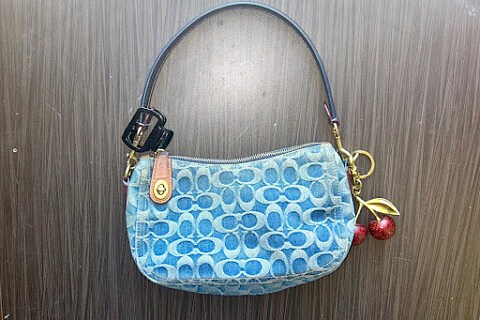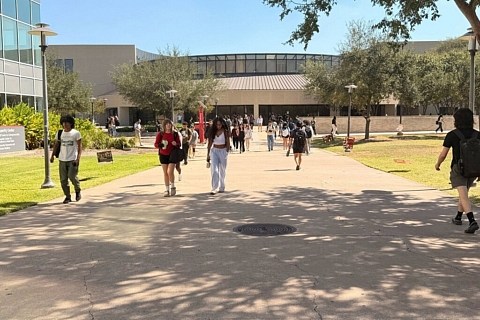The heart of the city of Houston — the 610 loop — and the greater Houston area has several neighborhoods that have helped carve culture, create identity and sustain history. One of the neighborhoods that single-handedly put Houston on the map as a focal point of the LGBTQ community is Montrose.
In 1911, Montrose was a farmland owned by Houston developer J.W. Link. Link envisioned Montrose becoming a residential area, an idea that sprouted when he had a mansion built on what is now a part of the University of St. Thomas.
In the late ‘70s Montrose became the face of not only gay culture, but gay liberation in the Houston area, ultimately becoming the gayborhood it is recognized as today.
Houston’s gay liberation
June of 1977 was a pivotal time for the Montrose community when prominent LGBTQ advocate Ray Hill organized a protest against singer, former Miss Oklahoma and anti-gay activist Anita Bryant.
efore the protest, Hill spoke to a police officer named Patrick Bond about what was going to happen during Bryant’s visit to the city.
“I understand that you’re going to do a whole demonstration against that nice Christian lady that’s coming to Houston,” Bond said (to Hill).
Bond asked how many protestors Hill was expecting and he said 500. Bond laughed.

“Gayborhood” is a term that fuses the words gay and neighborhood together to identify an area with a prodomintely LGBTQ populace. This type of terminology is similar to calling mostly hispanic communities “barrios.” | Dana C. Jones/Cooglife
“I ain’t never seen a demonstration with 500 people in Houston Texas,” Bond said (to Hill). “Civil rights, anti-war, nothing. We are just not a demonstrating town.”
To the surprise of Hill and the other organizers, 1,200 people showed up.
“Anita Bryant did for Houston what Stonewall did for New York,” Hill said.
Although that large of a turnout was unexpected, a lot organizing still had to take place for even the 500 people that were expected to come.
But with the limited resources that most marginalized minorities deal with, the LGBTQ community had to find a different way to galvanize and meet.
“The African-American community had the churches to help them organize their Civil Rights Movement, and the gay community had the bars,” said University of Houston associate Professor of English Maria Gonzalez. “Well, everybody has their form of religion.”
The year directly after, at an infamous town meeting, hundreds from the gay community expressed views about their livelihoods and how they were being treated. This started many gay centric coalitions, most notably the Montrose Center, which was then called the Montrose Counseling Center.
The Montrose Center — partially founded by Hill and still around today — was not just an advocacy center.
Francis Bueno is a criminal justice liaison for the Montrose Center. She started at the center 22 years ago as a case manager serving incarcerated people, starting primarily with the LGBTQ community and then branching out as the center grew.
Most of Bueno’s clients are transgender.
“[There are] two issues at hand; sex trade work for survival and unwanted issues which ranged from substance abuse to shoplifting to the gamut of everything,” Bueno said.
This “gamut” that she speaks of is both the range of criminal acts but also the intricacies of why — specifically transgender people — commit these crimes.
As Montrose grew and continues to grow, the attraction of the location invites a phenomenon that affects ethnic and minority neighborhoods around the country.
Like San Francisco and New York, Houston had their own defining moment in the context of gay liberation.
“Before June 1977, the words ‘gay community’ meant the part of town where the bars are. The next morning the words meant a relatively large group of people with similar goals and aspirations,” Hill said. “We became a group of people standing back-to-back against our opressor.
Gentrification alters neighborhood
The crossroads of Montrose Blvd. and Westheimer Rd. are the main identifier of where the neighborhood is, north of I-59 and south of I-10. Montrose is less than five miles away from downtown, and just like the Third Ward neighborhood in Houston, Crown Heights in Brooklyn and Lake View in Chicago, is being gentrified.
Montrose may still have carry their banner and be considered a gayborhood, but the things that made it gay are disappearing.
“A lot of the bars that were here when I first started here and restaurants are no longer here,” said Beuno.
The gay bars, which were the meeting places for much of the LGBTQ community, are now gone, causing the community to have to find other places to meet in large groups. Many have found that safe space at the Montrose Center, which allows community groups to rent spaces for their meetings.
But not only are historic establishments leaving, new ones that don’t reflect the community that founded the neighborhood are coming in. Gonzalez said that she knew it was over when the straight sex store Adam & Eve opened on Westheimer.

The emergence of “straight-oriented” sex shops like Adam & Eve leaves Maria Gonzalez worried about the community’s reputation as a prominent gayborhood. | Dana C. Jones/Cooglife
“A straight people’s porn shop? There goes the neighborhood,” Gonzalez said.
When identified neighborhoods change, sustaining their titles go into question. For Montrose, it’s whether or not it keeps its status of a gayborhood. That status is threatened when not only culture hubs like the bars are gone, but the people go too.
“Our community can no longer live here because the prices are outrageous now so people are moving out to the suburbs which makes it difficult for our community,” Bueno said.
If you go to Montrose now, you will see lines of bars, tattoo parlors, neon lights and several quirky shops. You may not see what it once was as the safe space for the LGBTQ community.
But since Montrose earned its reputation as a gayborhood during summer of 1977, the world has become a little more safe and tolerant, and the LGBTQ community now has the opportunity to express themselves outwardly everywhere. And at the end of the day — no matter how many iterations it goes through — Montrose will still be Montrose.




Recent Comments